 Back to the Be Inspired Blog
Back to the Be Inspired Blog
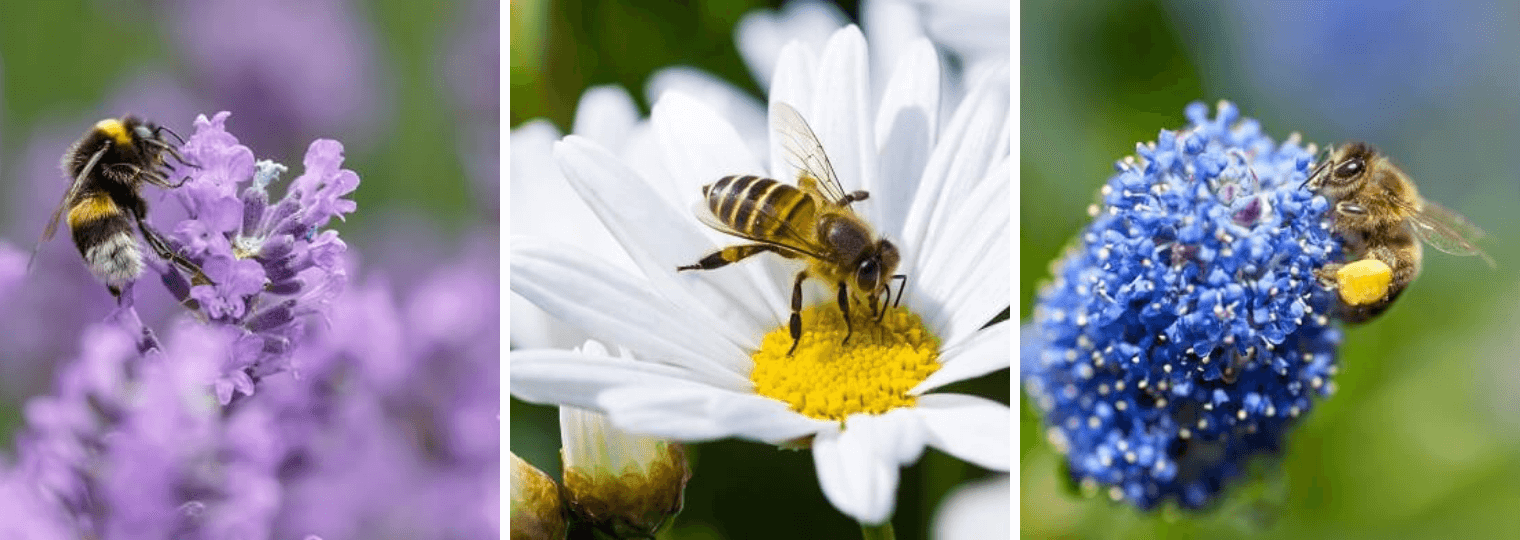
The Best Flowers For Bees When Gardening
Bees are often called the world’s star pollinators, as they help pollinate one-third of the earth’s food crops. In California, we rely heavily on bees, with over 1,600 native bee species in the state. These bees are crucial for pollination, especially of crops like almonds, which are entirely dependent on honey bees. As their habitat shrinks, planting flowers that attract and support bees in your garden has never been more important.
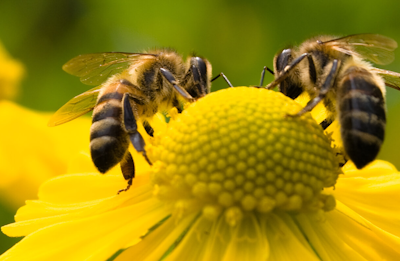 Why Bee-Friendly Plants Matter
Why Bee-Friendly Plants Matter
Studies show that one small urban garden in California can attract up to 50 species of native bees. Native bees are most effective when they have access to varied resources for pollen, nectar, and nesting. By planting the right flowers, you can provide these resources, helping to support local bee populations and encouraging healthy biodiversity.
Do’s and Don’ts of Gardening for Bees
- 1. Plant in Large Patches: Bees prefer large clusters of flowers. Plant each species in groups that are at least three feet wide to encourage bees to forage for longer periods.
- 2. Plant a Wide Variety of Species: Use at least 20 different plant varieties in your garden to attract bees throughout the year. Diverse plants that bloom at different times will ensure a continuous food source for bees. Every season attracts different bee species, so keep your garden blooming year-round.
- 3. Don’t Use Pesticides: Avoid using pesticides or insecticides, as these can harm bees and other pollinators. If necessary, opt for bee-friendly pest control methods.
Best Plants and Trees for Bees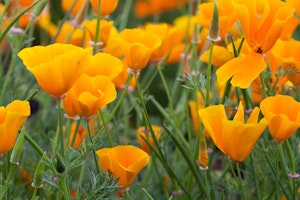
Certain plants are particularly attractive to bees. Research shows that native plants are four times more likely to draw native bees than non-natives. Here are some of the best plants and trees for bees:
- California Poppies: A perennial favorite for sweat bees, these bright flowers provide both pollen and nectar.
- Ray Hartman’s California Lilac: These blue-flowered shrubs are a rich source of early spring pollen.
- Western Redbud: Blooming with magenta-pink flowers, it’s a great source of pollen for various native bees.
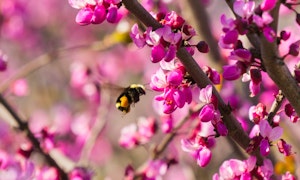
- Frikart’s Aster: This late-summer bloomer provides both nectar and pollen and is a favorite of butterflies and bees.
- Catmint: A perennial that attracts many types of bees, including leafcutters and digger bees.
The Top 10 Flowers for Bees
The following flowers, recommended by the UC Davis Arboretum, are perfect for bees throughout spring, summer, and fall:
- Frikart’s Aster – A bee magnet, blooms through summer with lavender-blue flowers.
- California Lilac (Ray Hartman) – A great early spring nectar source for bees.
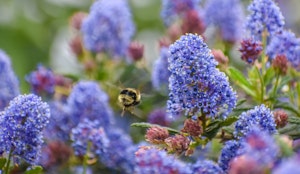
- Western Redbud – Loved by leafcutter bees, this spring-blooming tree is a key pollinator plant.
- California Poppy – Re-seeds annually, attracting bees year after year.
- Blanket Flower – Popular with long-horned bees, these bright daisies offer nectar and pollen.
- Russian Sage – A tough, heat-tolerant plant with vertical purple blooms, perfect for late summer.
- Goodwin Creek Lavender – Attracts carpenter bees and other small pollinators with its early blooms.
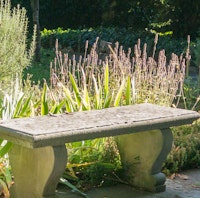
- Germander Sage – Blooms in late spring and fall, offering nectar to carder bees and others.
- Cascade Creek Goldenrod – Its yellow blooms in late summer and fall are perfect for small bees and butterflies.
- Watermelon and Mustard Greens – These fruits and veggies are also great for bees, especially when left to bolt.
Additional Plants That Attract Bees
Water and Nesting for Bees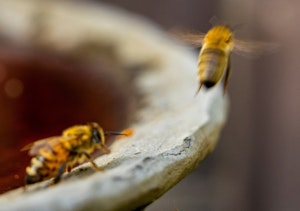
Bees also need a consistent water source to thrive. Consider setting up a small birdbath, water hyacinth with mosquito fish, or even a solar-powered fountain to give them a place to land and drink.
Creating a Native Bee Nesting Box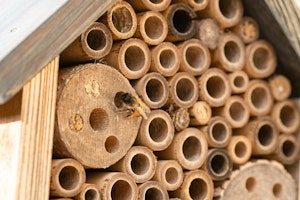
Native bees need a safe place to nest. You can build a nesting box using untreated wood and drill holes for the bees to nest in. Mount it in a sunny spot near flowers to attract pollinators to your garden. Additionally, consider preparing a sandy area or pit for ground-nesting bees.
Let SummerWinds Help Your Garden Thrive
At SummerWinds, we carry a wide range of bee-friendly plants that will attract diverse species to your garden. Our knowledgeable staff can help you select plants that not only beautify your space but also support bee populations year-round. Visit us today to start planting for the bees!

